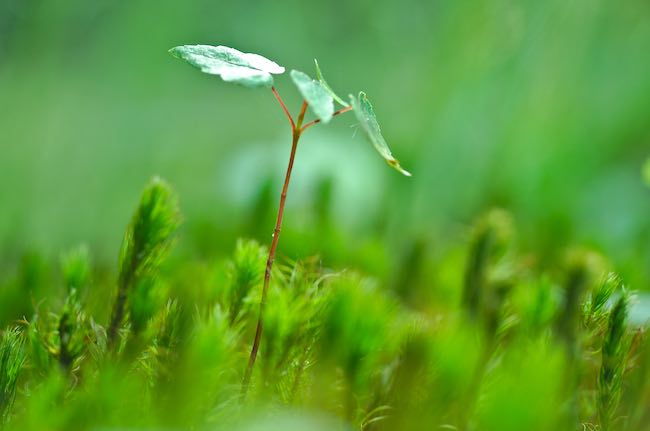
Growing trees from seedlings found in your garden can be a rewarding and cost-effective way to add new trees to your landscape. By potting them up using John Innes compost, you provide them with a nutrient-rich growing medium that promotes healthy growth. This guide will walk you through the steps involved in potting up seedlings and caring for them as they develop into mature trees.
Materials Needed:
- Seedlings
- John Innes compost (No. 1 or No. 2)
- Plant pots or containers
- Watering can or spray bottle
- Garden trowel or small shovel
- Plant labels
- Clear plastic bags or cloches (optional)
- Water source
Step 1: Identifying and Collecting Seedlings Take a walk around your garden and identify any young tree seedlings that have sprouted. Look for plants with recognizable tree characteristics, such as cotyledon leaves or distinct foliage shapes. Gently dig around the seedlings and lift them from the ground, ensuring you don’t damage the roots.
Step 2: Preparing the Potting Mix John Innes compost is a popular choice for potting up seedlings as it provides a balanced blend of nutrients and good drainage. Depending on the size of the seedlings, use John Innes No. 2 or No. 3 compost. Fill plant pots or containers up to two-thirds full with the compost, leaving enough space to accommodate the seedlings and additional soil.
Step 3: Potting Up the Seedlings Make a small hole in the center of each pot using your finger or a garden trowel. Carefully place the seedling into the hole, ensuring the roots are spread out and covered with soil. Gently firm the compost around the base of the seedling to provide stability. Repeat this process for each seedling, spacing them appropriately in separate pots.
Step 4: Watering and Care After potting up the seedlings, water them thoroughly. Ensure the compost is evenly moist but not waterlogged. Avoid overwatering, as excessive moisture can lead to root rot. Place the pots in a sunny location, preferably outdoors or in a greenhouse, where the seedlings can receive ample light.
Step 5: Protection and Growth Support (Optional) If the seedlings are delicate or if the weather is harsh, consider using clear plastic bags or cloches to create a mini-greenhouse effect. This protects the seedlings from cold temperatures and wind, while still allowing light to reach them. Keep an eye on the seedlings, ensuring they don’t become too hot or humid within the coverings.
Step 6: Monitoring and Transplanting Monitor the seedlings regularly for signs of growth, such as new leaves or height increase. As they develop, make sure to water them when the compost feels slightly dry. Once the seedlings have grown stronger and the risk of frost has passed, they can be transplanted into larger pots or directly into the ground, following appropriate spacing guidelines for the particular tree species.
Step 7: Continued Care As your trees grow, continue to provide them with proper care. Water them regularly, especially during dry spells, and feed them with a balanced fertilizer according to the specific needs of the tree species. Prune and shape the trees as necessary to encourage healthy growth.
Growing trees from seedlings found in your garden is a rewarding experience that allows you to nurture and observe the growth of new trees. By potting them up using John Innes compost, you provide them with an optimal growing environment. With proper care and attention, these seedlings can develop into beautiful, mature trees that enhance your landscape





















